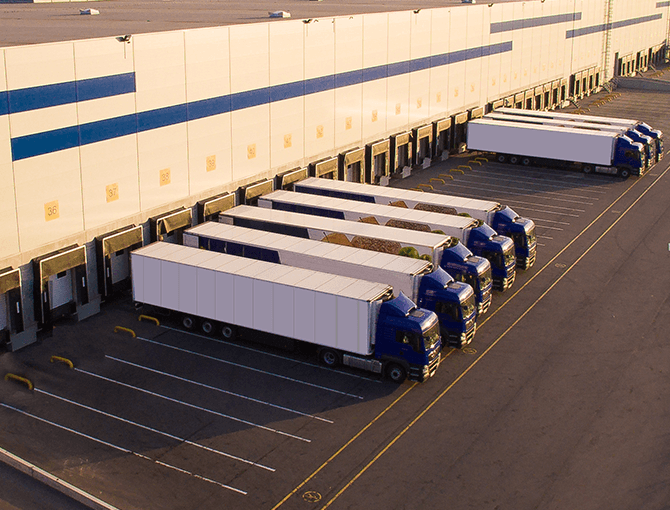
Cross-docking is a logistics strategy that offers a range of benefits for businesses looking to streamline their operations and improve efficiency. One of the key advantages of cross-docking is the reduction in delivery and processing times. By loading outbound trucks quickly and efficiently, orders can reach customers faster, either by moving to a sorting center or being sent for final delivery.
Another significant benefit of cross-docking is that it enables just-in-time (JIT) delivery, meeting customers’ expectations for quick and accurate delivery. With JIT delivery, inventory levels are kept low, allowing for a seamless flow of products from order to delivery. This approach requires close collaboration with suppliers and the implementation of lean principles to ensure smooth operations.
Additionally, cross-docking can help reduce inventory holding costs, as the facilities and practices are optimized for rapid movement and redistribution of shipments. This means there is less need for extensive inventory management and storage, resulting in cost savings that can be reinvested in other areas of the business.
Furthermore, cross-docking allows for optimized delivery routes and vehicle usage, supporting sustainability goals by reducing carbon emissions and fuel costs. By consolidating shipments based on their destination, businesses can improve route planning, maximize vehicle utilization, and minimize the number of deliveries required.
Overall, incorporating cross-docking into logistics operations can lead to increased efficiency, reduced costs, and improved customer satisfaction through faster delivery times and just-in-time inventory management.



